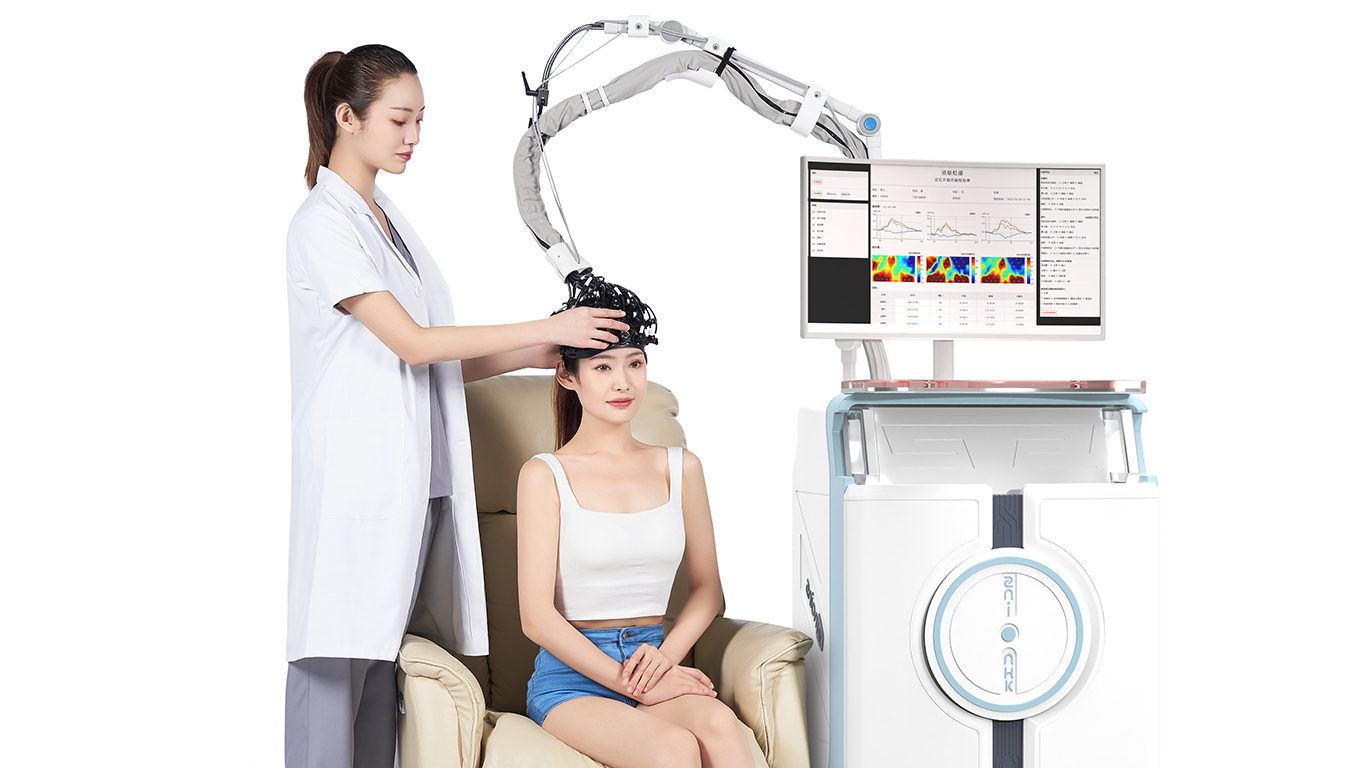Repetitive Transcranial Magnetic Stimulation Promotes
Neural Stem Cell Proliferation via the Regulation of
MiR-25 in a Rat Model of Focal Cerebral Ischemia
Feng Guo
1.
, Xiaohua Han
1.
, Jinghui Zhang
2
, Xiuxiu Zhao
1
, Jicheng Lou
3
, Hong Chen
1
, Xiaolin Huang
1
*
1Department of Rehabilitation Medicine, Tongji Hospital, Tongji Medical College, Huazhong University of Science and Technology, Wuhan, China,2Department of
Rehabilitation Medicine, The Third Affiliated Hospital, Sun Yat-sen University, Guangzhou, China,3Department of Obstetrics and Gynecology, Tongji Hospital, Tongji
Medical College, Huazhong University of Science and Technology, Wuhan, China
Abstract
Repetitive transcranial magnetic stimulation (rTMS) has increasingly been studied over the past decade to determine
whether it has a therapeutic benefit on focal cerebral ischemia. However, the underlying mechanism of rTMS in this process
remains unclear. In the current study, we investigated the effects of rTMS on the proliferation of adult neural stem cells
(NSCs) and explored microRNAs (miRNAs) that were affected by rTMS. Our data showed that 10 Hz rTMS significantly
increased the proliferation of adult NSCs after focal cerebral ischemia in the subventricular zone (SVZ), and the expression of
miR-25 was obviously up-regulated in the ischemic cortex after rTMS. p57, an identified miR-25 target gene that regulates
factors linked to NSC proliferation, was also evaluated, and it exhibited down-regulation. To further verify the role of miR-25,
rats were injected with a single dose of antagomir-25 and were subjected to focal cerebral ischemia followed by rTMS
treatment. The results confirmed that miR-25 could be repressed specifically and could drive the up-regulation of its target
gene (p57), which resulted in the inhibition of adult NSC proliferation in the SVZ after rTMS. Thus, our studies strongly
indicated that 10 Hz rTMS can promote the proliferation of adult NSCs in the SVZ after focal cerebral ischem
局灶性脑缺血大鼠模型中,rTMS通过调控MiR-25促进神经干细胞增值


